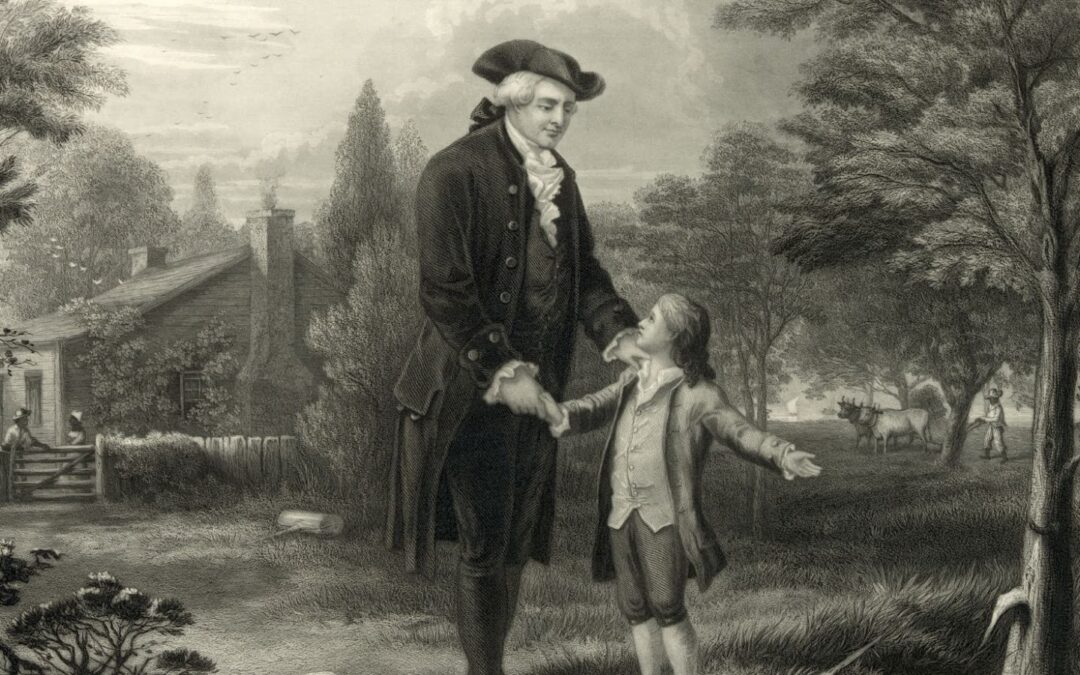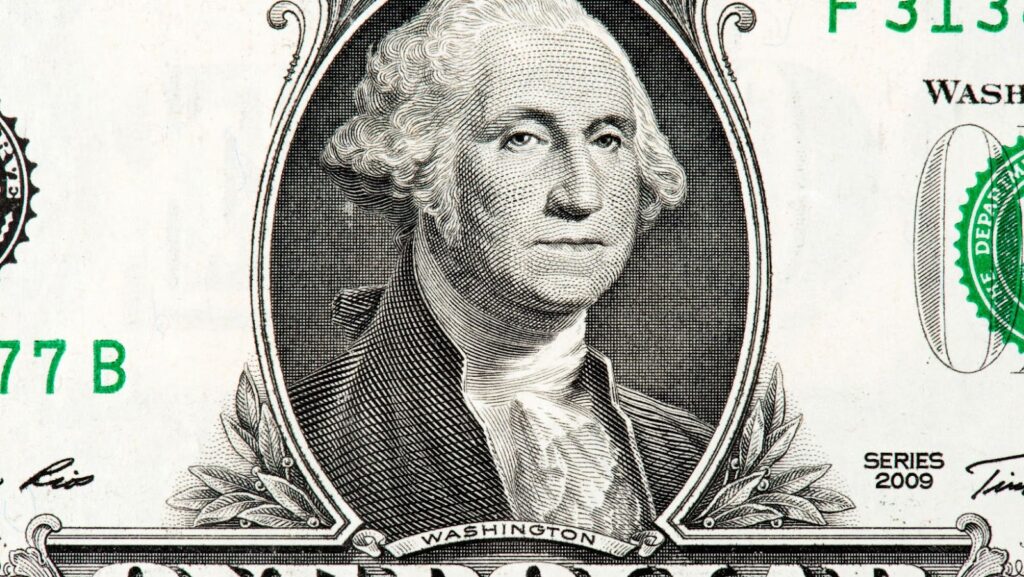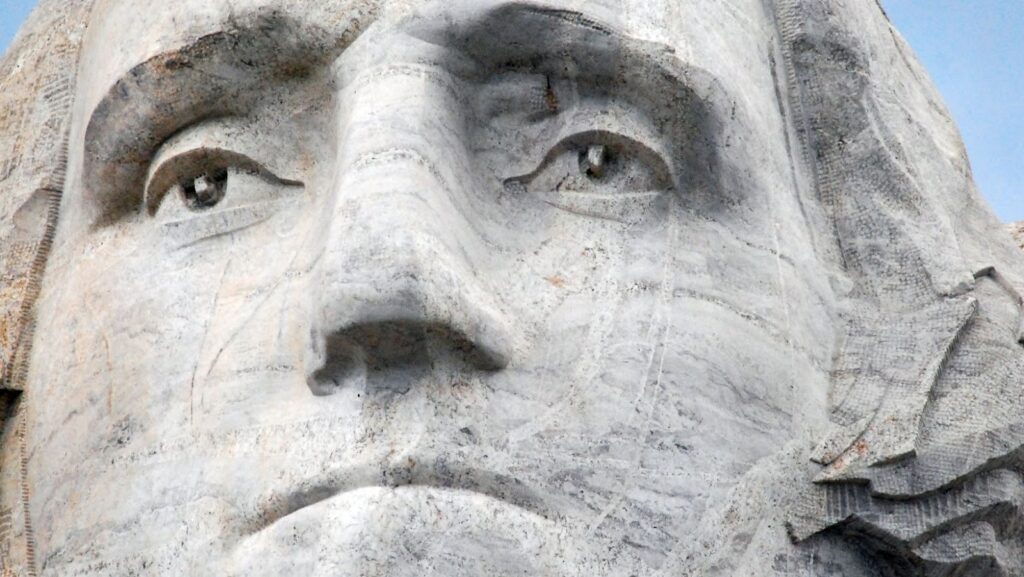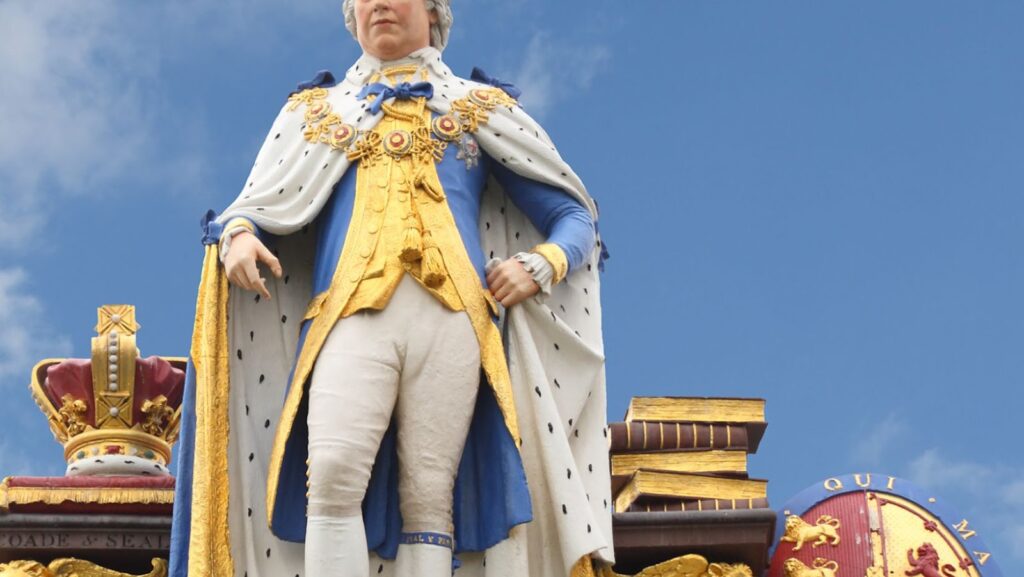George Floyd’s death on May 25, 2020 sparked a wave of national and international protests in the fight for racial justice. The weeks-long protests across the country led to action from policy makers and conversations about necessary reform.
Although the protests have ended, the police system for monitoring protesters continues amidst public outcry to dismantle systemic racism. This article will explore why these protests began and what has happened since.
Background on George Floyd’s death
George Floyd, a 46-year-old African American man, died on May 25th, 2020 after former Minneapolis Police Officer Derek Chauvin knelt on his neck for 8 minutes and 46 seconds during an arrest. Floyd had been arrested for allegedly using a counterfeit $20 bill to purchase goods at a convenience store. As Chauvin held him down, three other officers stood by watching. Floyd can be heard in bystander videos of the incident pleading with police officer Derek Chauvin, saying “please, I can’t breathe” until he became unresponsive and died soon after.
The death of George Floyd sparked an international outcry against police brutality and systemic racism; protests have occurred across the United States and the world in response to the incident and its implications for racial justice. These events called attention to the long history of discrimination faced by African Americans both socially and in policing tactics. Moreover, they are accelerating demands for sweeping societal reforms to redress long-Standing wrongs and end systemic racism.
After protests around George Floyd’s murder ended, a police system for watching protesters kept going
The protests in response to the murder of George Floyd, an African American man killed by a Minneapolis police officer on May 25th 2020, have spread across the United States and worldwide. There have been an estimated 16-26 million participants at various times since their inception. The unrest has come in many forms, from peaceful marches to knee -jerk protests to vandalism, property destruction and violent clashes between demonstrators and law enforcement.
The purpose of the protests are varied but focus on demands for justice for Floyd’s family as well as broader calls for racial justice and police reform both nationwide and locally in Minneapolis. Various issues have been at the heart of the unrest – from calls to defund/dismantle police departments to combating systemic racism, ensuring representation within government institutions and prioritising investment in disenfranchised communities.
In addition to these direct demands there is a larger message undermining much of the activity: institutional reform must occur if justice is to be achieved. It is through this combination of direct action and indirect messaging that protesters hope enough pressure will be put upon elected officials to remove long-standing barriers that continue to disproportionately provide advantage for some while disadvantaged others due bias either intentional or accidental. As detailed more fully here, protesters seek changes not just at a governmental level but also in broader cultural attitudes towards race generally with attendant changes concerning housing economic opportunities, educational equality, health care equity, environmental justice etc.
The Protests
In the wake of George Floyd’s murder, protests began across the country to demand justice and end police brutality. The protests began peacefully, but eventually gave rise to increased police surveillance and that has continued long after the protests have ended. This article will look at the protests and their effects on the policing system.
The Impact of the Protests
The murder of George Floyd on May 25th, 2020 sparked an uproar of anger throughout the country as people quickly organised protests to decry police violence towards black people. These protests were massive in terms of both size and scope, taking place in nearly every major city in America and even many small towns. The images of thousands marching through the streets symbolised both defiance and unity. Moreover, they offered a visible reminder of the mounting strength of the Black Lives Matter Movement.
The power of such a widespread uprising was reflected in its immediate impact: large-scale policy changes to address police brutality, plus multiple toppling of controversial statues and nationwide civic discourse on white privilege and systemic racism that had never happened at such scale before. But beyond these albeit important tangible changes, the protests also served to amplify awareness for these issues on global platforms like never before. Large corporations took public stances against racism for the first time, popular culture was full of discussions about black empowerment and mobilisation, media coverage flourished from numerous angles discussing race-related topics across many fields, political dialogues became more outspoken about their support for BLM objectives.
Beyond tangible benefits like policy change or broader cultural shifts, there is no doubt that this wave of protest has left an indelible mark on all facets racial justice discussion across America. It has shown with unprecedented clarity how valid community outrage can directly drive larger social change, regardless if it’s achieved via civil resistance or legal action. Of course, moving forward there is still much work to be done but with no doubt this historic moment has been the most galvanising expression to date towards paving a brighter future for everyone equally.
The Aftermath of the Protests
The murder of George Floyd and the ensuing protests sparked a movement that has reverberated throughout the entire world, inspiring many to stand together in the fight for racial justice. In the United States, protests have occurred in all fifty states, calling attention to systematic racism and police brutality. Unfortunately, though peaceful protests have been largely successful in garnering public support, some have deteriorated into violence and destruction of property.
In response to this unrest, federal governments across the globe grapple with how best to navigate these issues through domestic policy reform and external measures. On a local level, many cities are exploring channels for negotiation between protestors and authorities through initiatives such as city-run listening sessions or establishing commissions staffed by civilians.
At the same time, numerous individuals and organisations are standing up for those unable to advocate for themselves by creating autonomous zones of safety where marginalised people can unite to discuss solutions free from oppression. Meanwhile philanthropists are donating funds or providing legal resources to aid spiritual leadership’s efforts toward reform. At the same time, they continue advocating on behalf of protestors’ demands even in times of brutal persecution by oppressive regimes.
Most importantly is an ever-growing understanding amongst citizens that systemic racism must not be ignored – instead it must be addressed actively until real change becomes a reality. As more people speak out towards these ideals, solidarity between diverse communities may become an unstoppable force challenging those systems that favor agism, racism and sexism leading towards collective success forged on equal rights worldwide.
The Surveillance of Protesters
The tragic death of George Floyd at the hands of a Minneapolis police officer sparked nationwide protests against police brutality and systemic racism. Yet, despite the protests dying, the police continued to use a surveillance system to keep tabs on protesters. This article will look at the implications of this system and how it affects protesters’ right to freedom of expression.
The Use of Police Surveillance
Since the murder of George Floyd at the hands of a Minneapolis Police Officer, countries around the world have seen an upsurge in public unrest. In response to the protests and demonstrations, police departments have turned to surveillance technology to aid their law enforcement efforts. As protests throughout the United States have continued through 2020 and 2021, police departments have utilised various surveillance technologies including body-worn cameras, facial recognition software, licence plate readers, AR glasses and drones.
Surveillance technology has raised concerns and prompted debate over its potential implications for civil liberties if its use is abused. In particular, there is increasing evidence emerging that police departments may be using facial recognition software to identify protesters on video footage captured during demonstrations – whether they are allowed by local law or not – which can lead to allegations of privacy violations and infringements on civil rights. Additionally, surveillance technologies such as licence plate readers may be used surreptitiously to monitor protesters’ travel patterns over time or drones equipped with extended focus cameras might be used for gathering evidence on protesters’ movements without their knowledge or consent.
As the debate continues over police use of surveillance technologies during protests post-George Floyd, each jurisdiction needs to examine what role these technologies should play in ensuring public safety without infringing on citizens’ rights and liberties under the law.
The Impact of Police Surveillance
The police forces across the United States that have been monitoring and responding to the national uprising protesting police violence, systemic racism, and injustice have been met with unprecedented public scrutiny. On top of the world’s attention, civil rights groups like the ACLU are increasingly concerned over what they consider potentially unconstitutional tactics used by law enforcement as protesters demand real change.
The use of military-style surveillance and intelligence gathering against protesters by police is widely argued as a fundamental violation of their First Amendment right to freely assemble. The widely documented and highly visible presence of surveillance aircrafts has raised uncomfortable questions about how law enforcement agencies collect and use information gained from their unmanned aerial vehicles (UAVs). Furthermore, local law enforcement’s increasing reliance on facial recognition technology has drawn sharp condemnation from privacy advocates and fellow officers who see these efforts as unjustified intrusions into public life.
Overall, it is clear that law enforcement’s surveillance activities in protest situations raise fears about potential abuses of power and utter disregard for civil liberties. Moreover, in many cases police departments fail to provide meaningful oversight for any intelligence data gathered during large demonstrations – concerns which could place protesters in danger and bystanders who have nothing to do with their activities too. With these troubling issues, it is paramount that both affected communities and lawmakers work together to ensure proper regulations are put in place to protect citizens while allowing for lawful exercises of free speech in a democratic society.
The Future of Police Surveillance
After the George Floyd protests ended, a police system for watching protesters was implemented, allowing police departments to monitor protesters and respond accordingly. However, this system raised many questions surrounding the use of police surveillance, and many are wondering what the future of this system will look like. This section will discuss what the future of police surveillance looks like and the implications it might have.
Potential Solutions
In light of the open protest against police actions, many states, local governments, and police departments are actively searching for policies and procedures to reduce instances of excessive uses of force. However, this complex problem requires legitimate input from all stakeholders to achieve real solutions.
Potential solutions might include increased training requirements and standards for uniformed law enforcement, greater civilian oversight over police departments’ operations, body-worn cameras and dash-cam recordings used as evidence to review past incidents, grant programs that incentivize community engagement with law enforcement officers, expanding technologies such as facial recognition software used by law enforcement, the use of parole and probation systems to identify offenders who are eligible for alternative measures outside of the criminal justice system.
Each solution will have its benefits and drawbacks – from financial costs to potential legal challenges. It is important for legislators and other decision makers to carefully consider any proposed solution before implementing it into practice. Instituting broad reforms at the local level would require considerable political will on behalf of elected officials alongside proactive efforts from civic organisations previously working on related issues such as welfare reform or community policing initiatives. Ultimately, any progress toward achieving a safer world for all would rely on sustained engagement from public institutions and individuals in their respective communities.
The Impact of Police Surveillance on Future Protests
The murder of George Floyd and the subsequent protests brought important conversations about police surveillance to the forefront. With a growing emphasis on collecting data, observers have argued that protest activity is more intrusive than ever. As the future of protests continues to evolve, we must understand how surveillance can shape civil discourse and its outcomes.
Police use multiple forms of surveillance to monitor protest activity, such as cameras, undercover officers and robots. All this data is then used to track individuals and create arrest records. This has led to speculation that authorities will aggressively target protesters in the future using facial recognition software, GPS tracking, predictive analytics and other technologies. Some worry that this monitoring will impede civil engagement and suppress democracy efforts.
Surveillance also affects protesters in more subtle ways. For example, when individuals are being monitored online, it can hinder their ability to express their opinions freely. This can lead to self-censoring by avoiding topics or common ground for fear of government scrutiny or unwelcome consequences like being labelled as a ‘protest’ by authorities or employers.
The impact of surveillance on protests is far from trivial; hopefully with increased public discourse, collective efforts can be made toward finding solutions for implementing police oversight while preserving civil liberties for all individuals involved in political movements and social discourse alike.
tags = george floyd, george floyd’s arrets, george floyd’s murder, racism, george floyd’s investigation, investigation operation safety floydtechnologyreview




